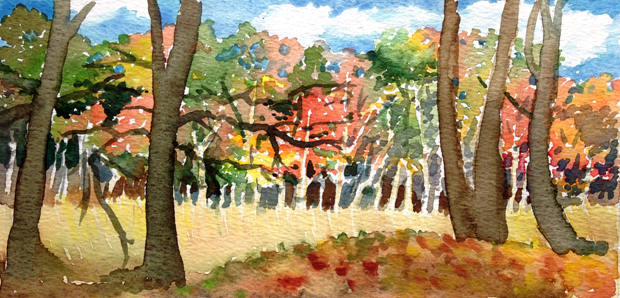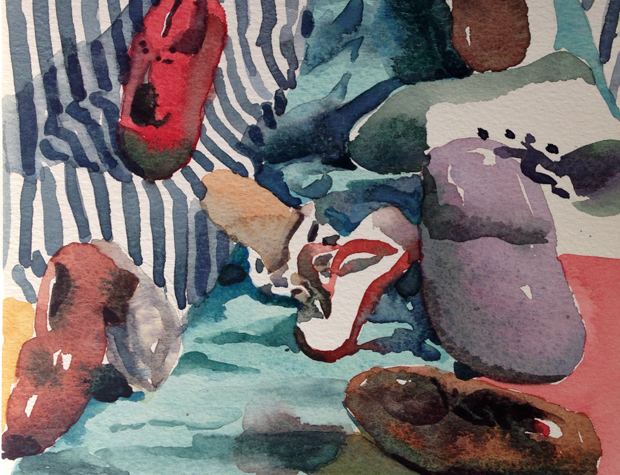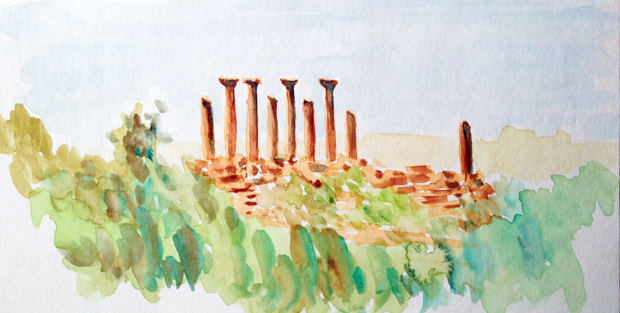To be understood as to understand,
The need to be understood has been a lifelong struggle for me. I suspect I am not alone in this, but admit to having very little perspective, as immersed in that longing as I’ve been. The problem is, during an encounter or argument with a loved one, to keep insisting on being understood closes me off from their needs and leads to repetition and stridency.
It strikes me that one of St. Francis’ overarching messages is that we always have the choice between turning inward and reaching outward, between isolation and connection. Between victimhood and generosity. It’s no accident that connection feels better. That being true, I wonder what stops me. Other than years of habit (not to be underestimated), why do I so often fall into the trap of insisting on being understood? Continue reading








